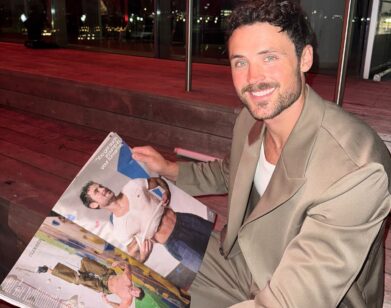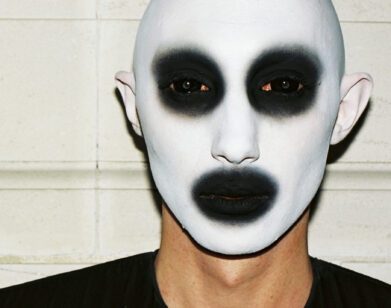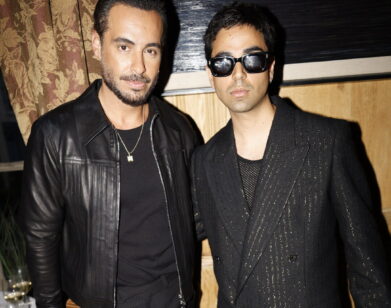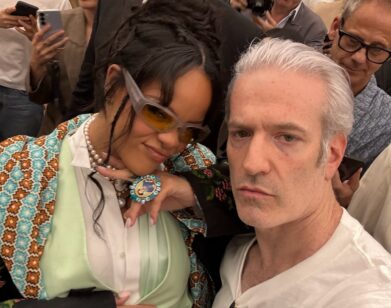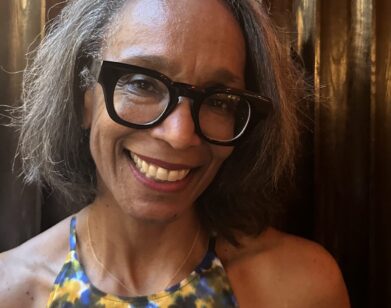Jonathan Anderson
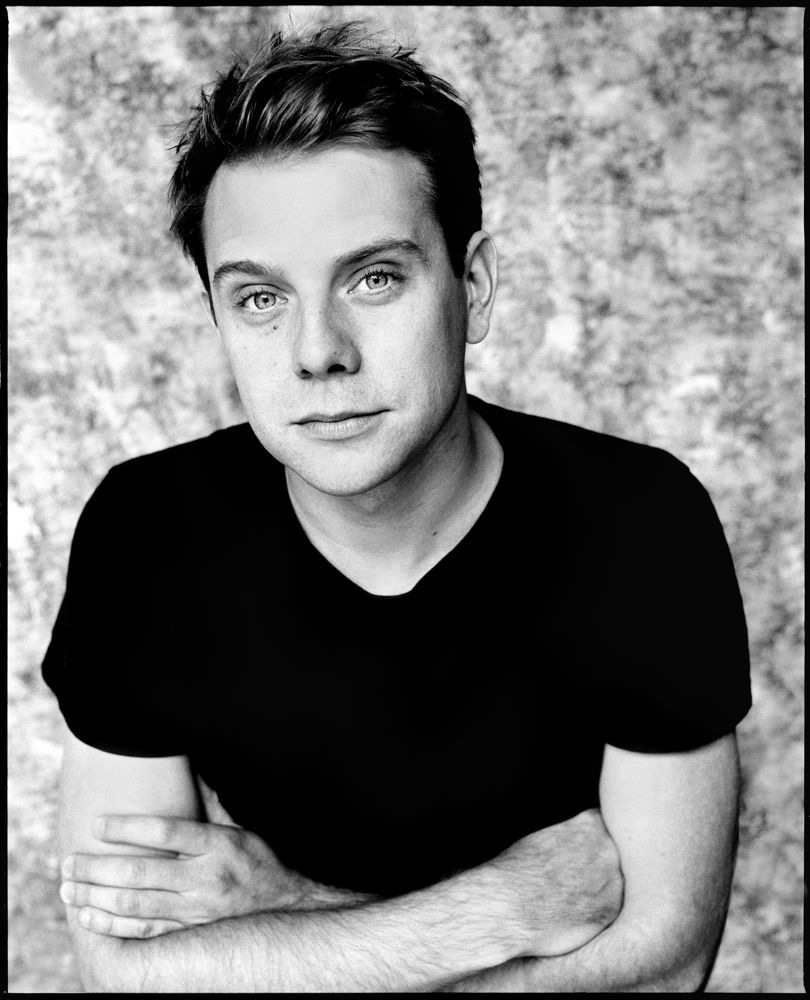
HAIR PRODUCTS: KIEHL’S, INCLUDING SILK GROOM SERUM. HAIR: TYLER JOHNSTON FOR KIEHL’S/ONE REPRESENTS. GROOMER: ANDREW GALLIMORE FOR NARS/CLM. MAKEUP: ZOE TAYLOR FOR DARPHIN/JED ROOT. STUDIO MANAGER: MARK PATTENDEN. PHOTO ASSISTANTS: FENTON BAILEY, MALAK KABBANI. MAKEUP ASSISTANT: LILY GREGORY.
Founder and creative director of J.W. Anderson and creative director of Loewe, London and Paris.
CHRIS WALLACE: How is Ibiza? I know Spain is sort of a hub for you with Loewe, but are you able to get some distance there, to turn off the brain?
JONATHAN ANDERSON: It’s great to get out of Paris. When I’m away, I always try to pretend that I’m not working in fashion. [laughs] The fashion landscape is incredibly complex, as we all know—it is about quantity, not about quality now. It’s about speed, which I don’t think is a bad thing. It means you don’t overthink things. I obviously do two brands but, ultimately, the creative part is probably about 40 percent of what I do, and the rest is business. The amount of collections doesn’t bother me; it’s the other stuff. The media has become incredibly schizophrenic. Every single person is a media outlet. People get bored very quickly. So ultimately your job today is to fend off boredom, to keep relevant within the split second.
WALLACE: And how does one do that?
ANDERSON: Never getting too comfortable. I never know what is going to happen today. And we live in a kind of farcical state; we’re never happy. The press is never really happy about how much you do. Designers are like pawns on a chessboard. It’s an odd time. I’ve been working in fashion for ten years, which is not very long, but in those ten years, it’s incredible how social media has fundamentally changed the landscape—and kind of crippled creativity.
WALLACE: A lot of people are bemoaning the death of originality, in every creative field. Claiming all we do well now is remix.
ANDERSON: I think in history, everything is about the remix. Obviously now the remix is a lot faster. For me, it’s more about how we digest imagery, because that’s what the media is now. No one reads anything. They just look at images. For example, we are transfixed with backlit imagery. When you look on your iPhone, the TV, your monitor, the iPad, it’s all backlit. So when it comes to magazine content, it’s never enough. We need to be able to see it day and night. So images have to become more abstract, in terms of color, content. Everything has become over-personalized. We have to give a lot away now. When I was in university, you never really knew anything about designers. Now you know what beach they lie on. You know what coffee they drink. You know what boat they’re on. We live in an age where, no matter how we curate our lives, we judge everything from what we post. Everything’s a still life.
WALLACE: How does that change your long game, if you’re always living in the present tense?
ANDERSON: One thing I think is great is that if you use social media really well—in a natural, personal way—you can kind of see what’s missing. You can see when you’re bored of something or of someone.
WALLACE: What was your take-away from doing J.W. Anderson Workshops retail space?
ANDERSON: I set up the Workshops because I wanted to collaborate with someone who does magazines, someone who does music, someone who does poetry, someone who does art. It was like, “What do you consider a store, and how do you make a new formula?” I think brick-and-mortar stores will always be important. I don’t think we need massive amounts of stores; the days of opening a hundred stores in China are over. But, in a weird way, as we became more digital, we want to become more tactile. We want to go to the coffee shop that has the books, the organic coffee that no one else has. We kind of fetishize the corner-shop culture. And it’s important that we revert back, because that’s a contact with people that we lack. So we’re opening a store in Spain for Loewe—like we did in Japan and in Milan—where you have art, books, a flower shop, and, in time, coffee. For me, the idea of luxury has died away in the last ten years—because of the financial problems the world has gone through, the social problems it’s going through—it’s in bad taste to be gluttons of luxury. Luxury has to become cultural. We’re in a period when brands need to start debranding to gain integrity again.
For more from our “The State of Fashion” portfolio, click here.

